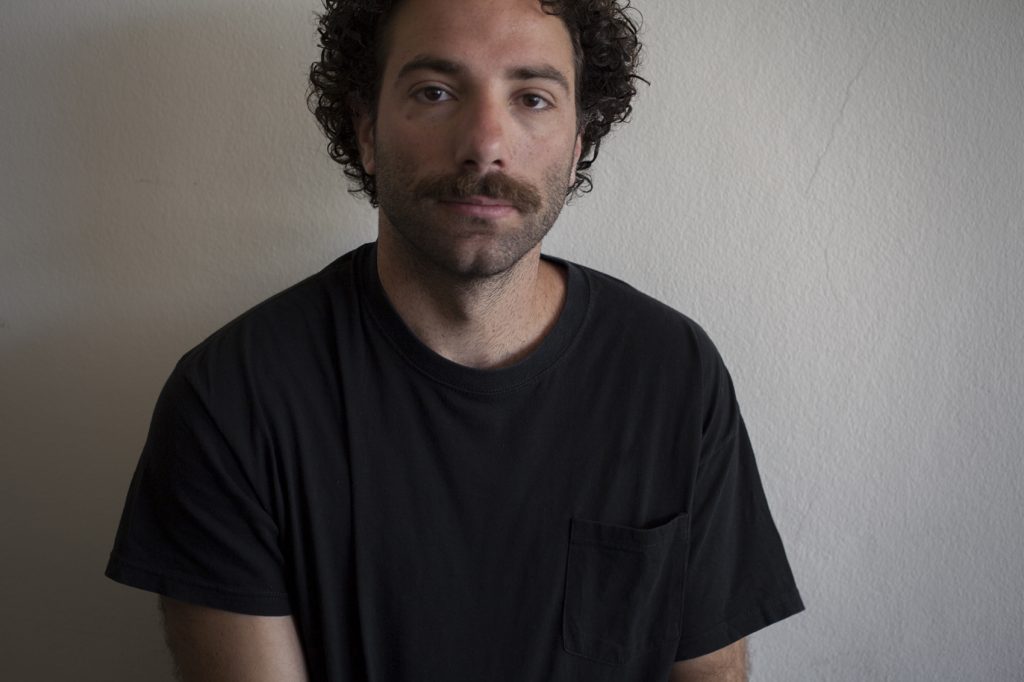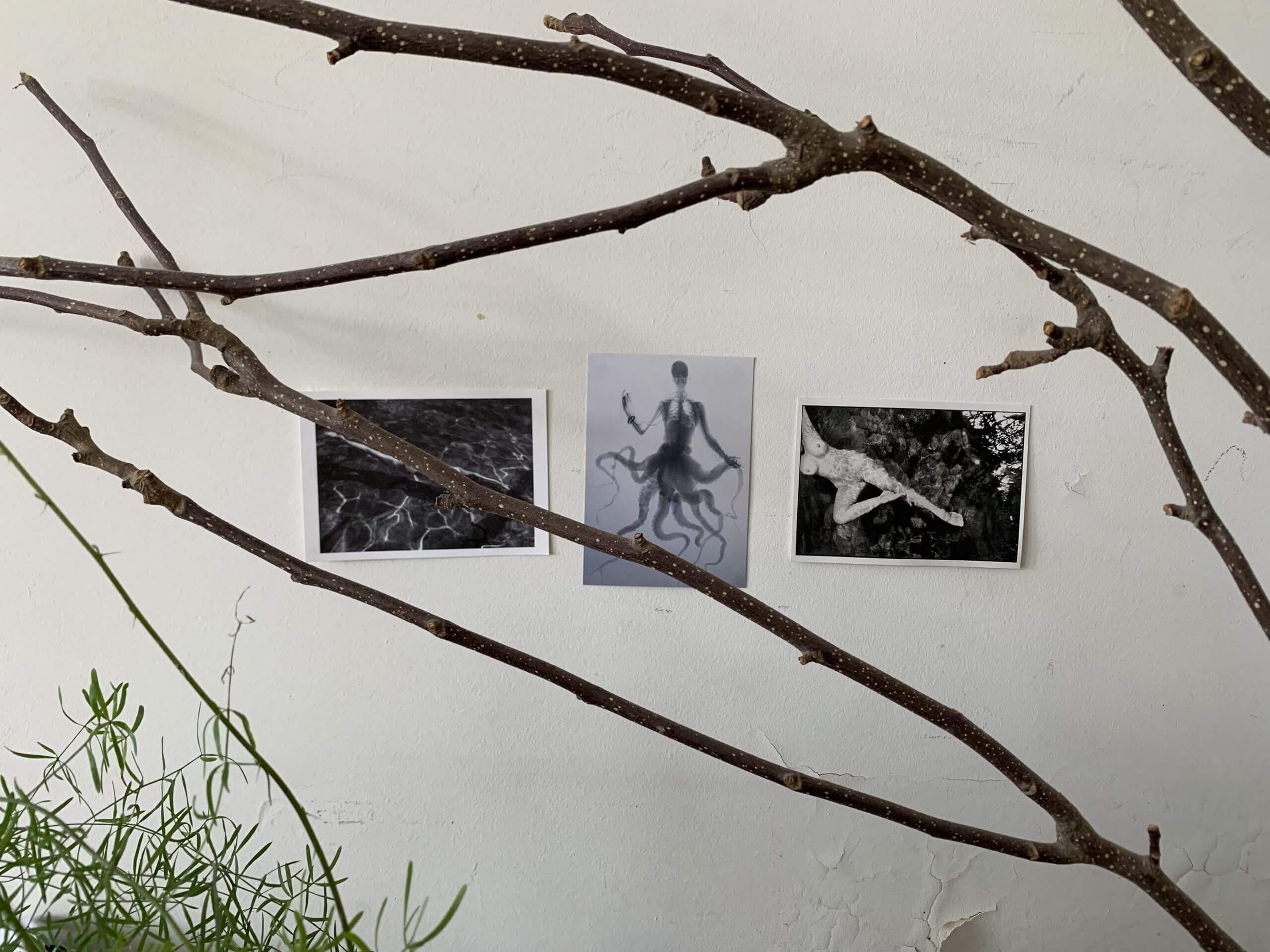
 In the Studio with Raymond Gemayel
In the Studio with Raymond Gemayel
Raymond Gemayel is a self-taught artist and photographer. Born in Riyadh, he lived and grew up between Saudi Arabia and Lebanon before pursuing his undergraduate studies in Beirut then Toronto, Canada. After graduating from Glendon College in 2009 with a degree in Political Science and Economics, Raymond enrolled in photography and filmmaking classes. After a short period of independent filmmaking in Toronto, he became interested in Lebanon’s art scene and enrolled in Ashkal Alwan’s Homeworks space programme between 2013 and 2015. In Beirut, Raymond participated in several group exhibitions and art projects that gained him recognition. In 2020, he was named the laureate of the autumn commission and the capsule program at the Cité Internationale des Arts in Paris.



Before the end of his residency at la Cité Internationale des Arts in Paris, we visited Raymond in his studio. We were enchanted by his mystical yet cosmic world that somehow lies between the deep end of water and outer space.
When we asked him how he would describe his practice, he answered:
“I would describe it in a drawing of a triangle with angles of language, body, and territory. And in this triangle, water is floating.”


His current ideas trace and retrace the triangle.




One of his early works titled the memory of water is a found family photo album in which photos “disappeared” because of humidity. The album was part of the 32nd Salon d’Automne in the Sursock Museum in Beirut and was awarded the Special Mention of the Jury. Raymond links this idea with the work of Jacques Benveniste published in Nature describing the high dilutions of antibodies in water and the traces that it may “remember” by retaining the source’s chemical properties. This experiment was rejected by the scientific community since, when retested, couldn’t be verified, and thus considered pseudoscientific.


Underlying his main themes of language, body and territory, the loss of these three angles is a common thread.
During his residency, he developed a work titled aphasia, which is a booklet documenting the degradation of a black ink dropped on the first page. As we flip the pages, this stream of ink starts to disappear until we reach the last blank pages.


Although melancholic, Raymond’s work is also filled with humor. As illustrated in his Dalieh’s infinity pool, an in-situ installation in Dalieh, Beirut.
Reading from the exhibition’s catalogue:
“Dalieh is one of our last-open access shared spaces in Beirut, the last free entry point to the sea along the city coast. Dalieh’s unique landscape and ecological features as well as its rich diversity of topographical and geological composition facing the iconic pigeon rock make it a favorite hang-out site for families and lovers, an exceptional spot for fishing and swimming activities for the local community.
Dalieh is threatened and is subject to dubious and corrupt privatization, its future is uncertain; image renderings of luxury resorts overlooking Raouché are already in circulation…”


Another example of his recent works produced during the residency is still life, a video installation where we see videos of Arab politicians giving a speech. Next to the microphone sits a glass of water, which remains untouched. Raymond’s theory is that since this glass is never touched, water never reaches their throat. This leads to dehydrated words, dry discourses, and, eventually, precarious ideologies.
To elaborate on his theory, Raymond added that “Liquidity is a principle of language. Language needs to be water-inflated”, as mentioned in Gaston Bachelard’s book L’eau et les rêves (Water and dreams).


On the subject of language and liquidity, Raymond’s first published text is an Arabic anagrammatic poem, published in Rusted Radishes: Issue 7/ Crossing Borders.


A poem of reversal words, but reversal of colours as well. In his photographic series, cmyk, he took photographs of the Mediterranean, and then inverted the colours.


His current projects continue retracing the aforementioned triangle, whether in a political, social, ecological or pseudo-scientific context.
Raymond will be exhibiting some of his work at Jaou Tunis, a collective show curated by Kader Attia and scheduled for the upcoming spring 2022.





 In the Studio with Raymond Gemayel
In the Studio with Raymond Gemayel 

